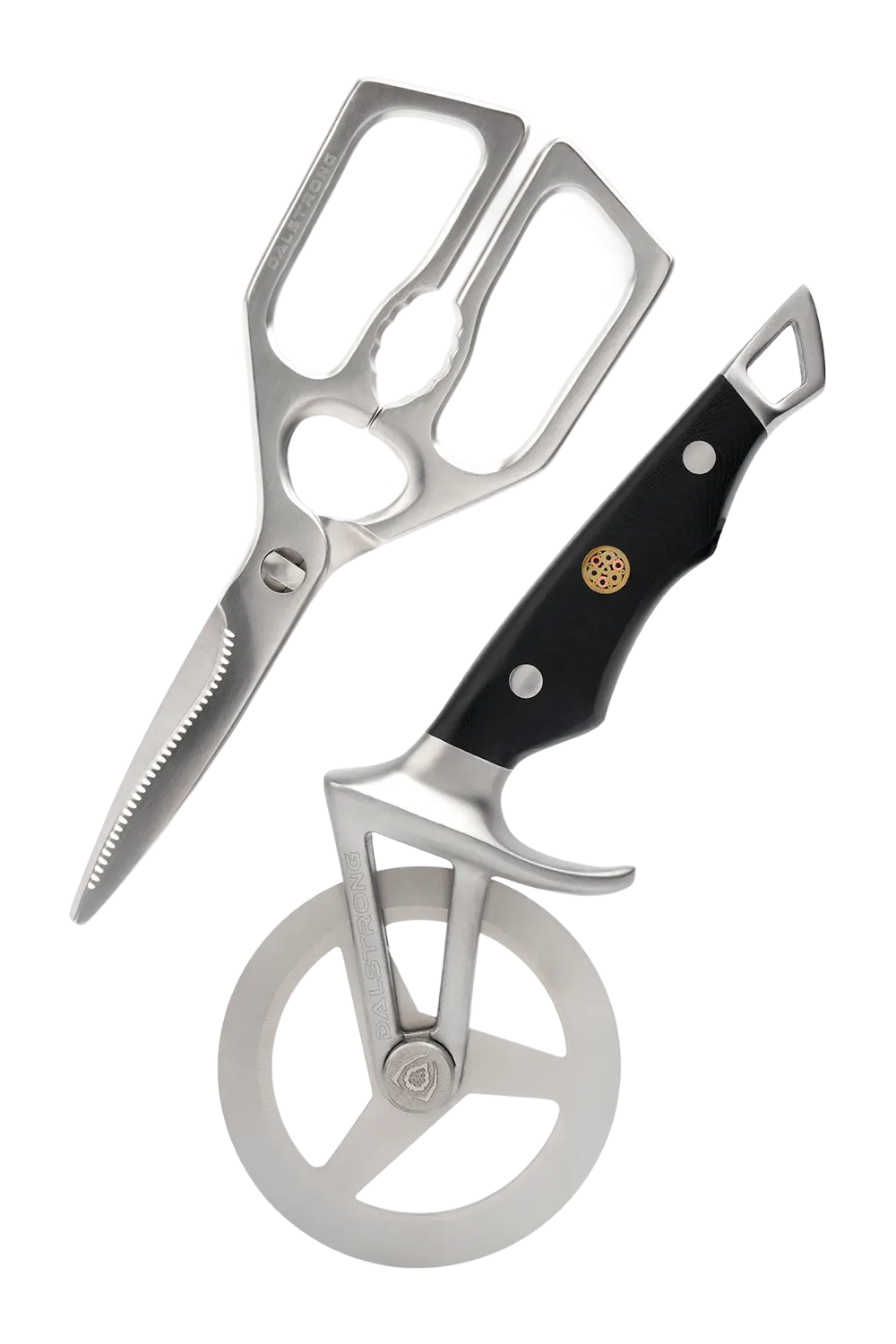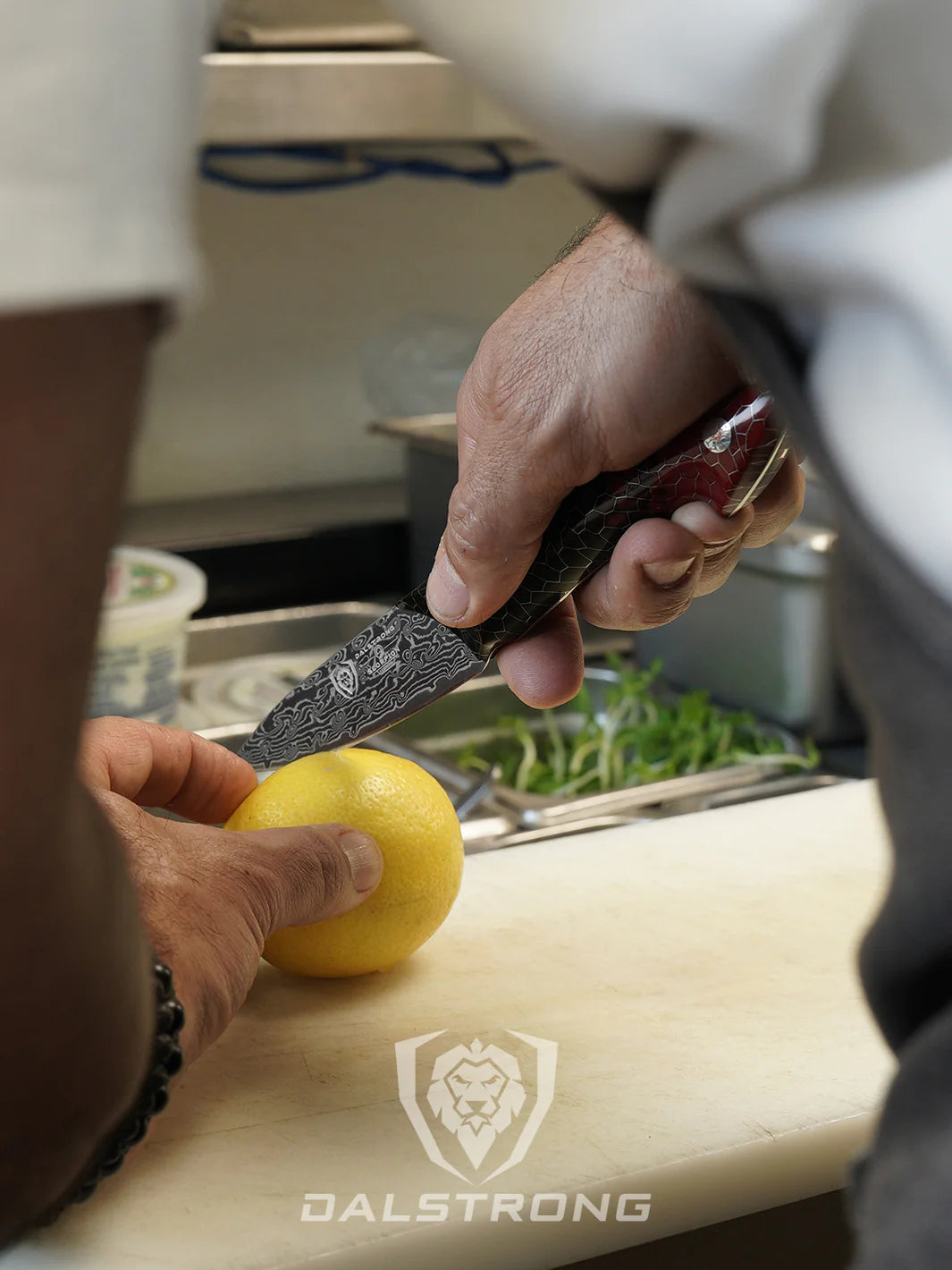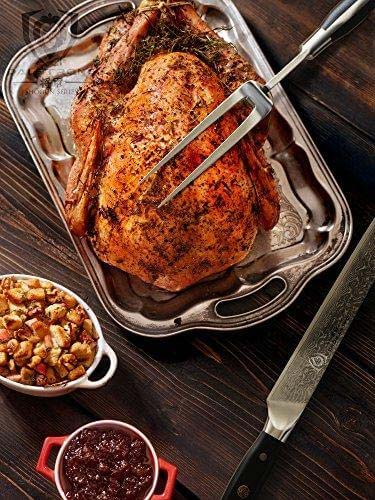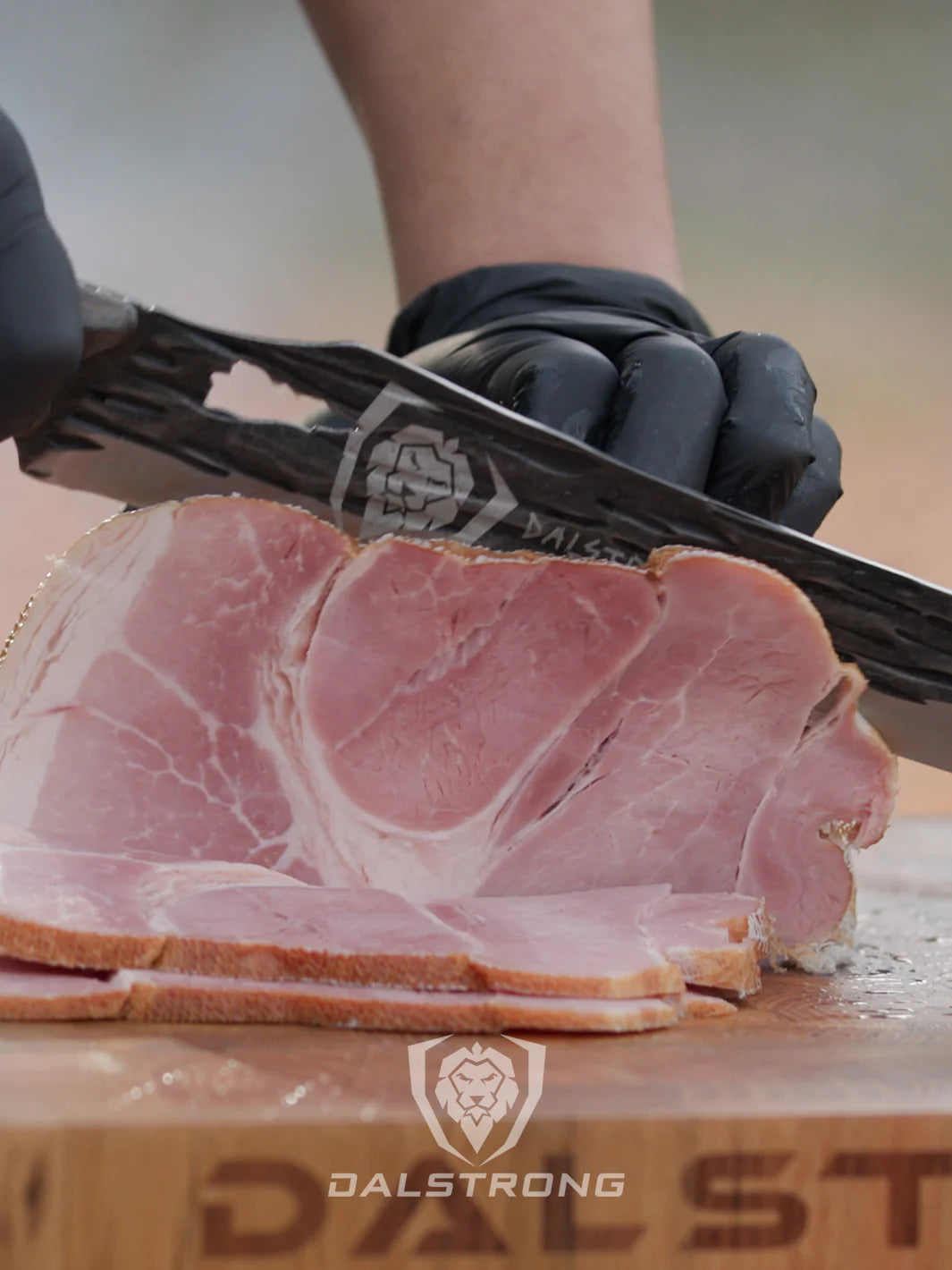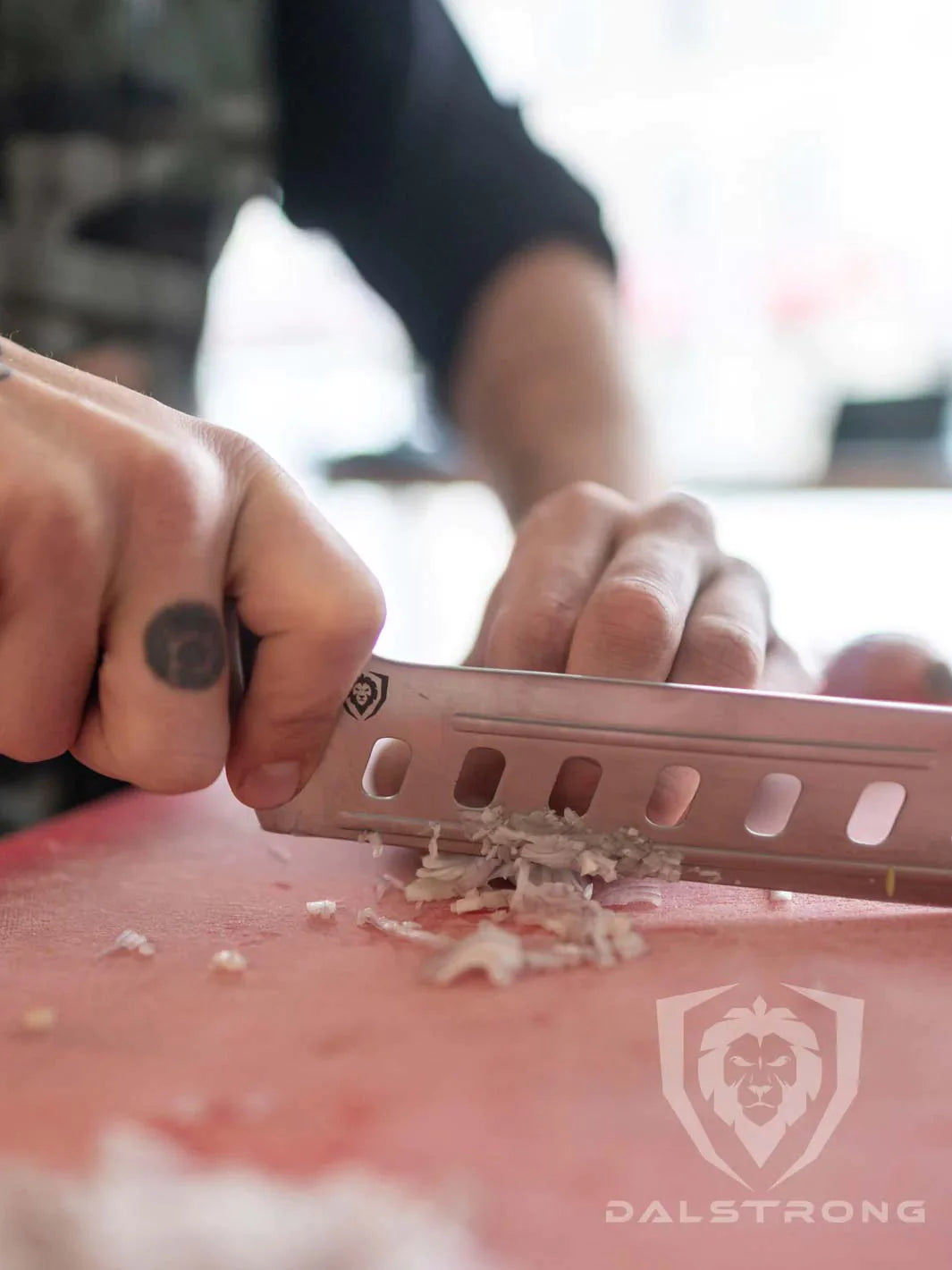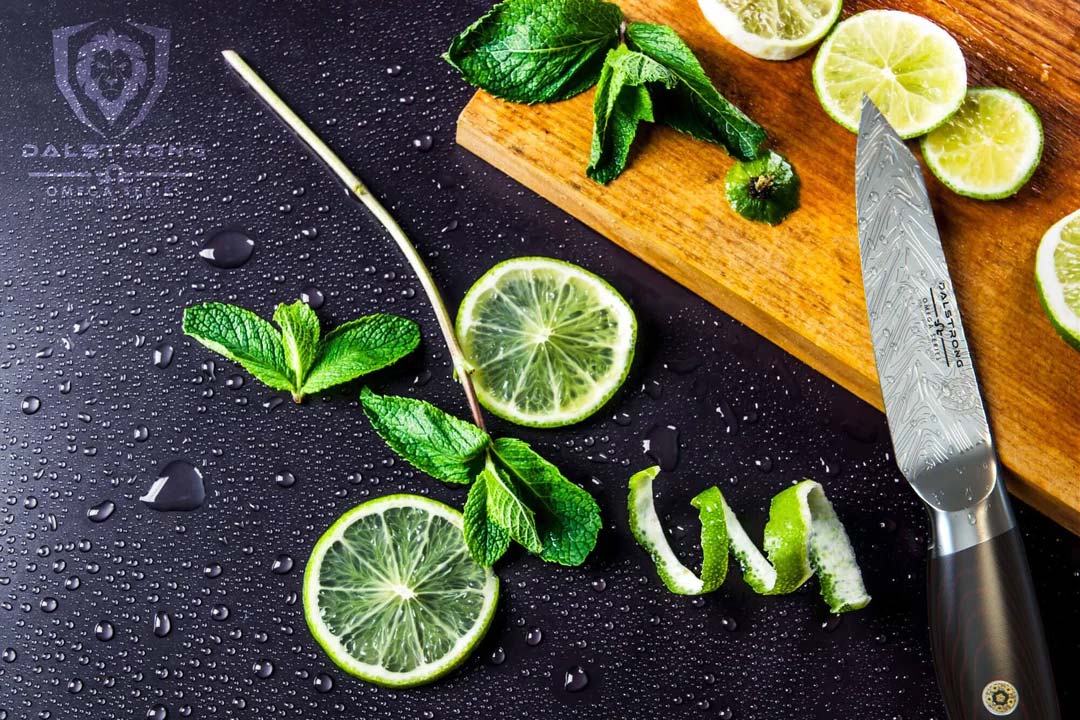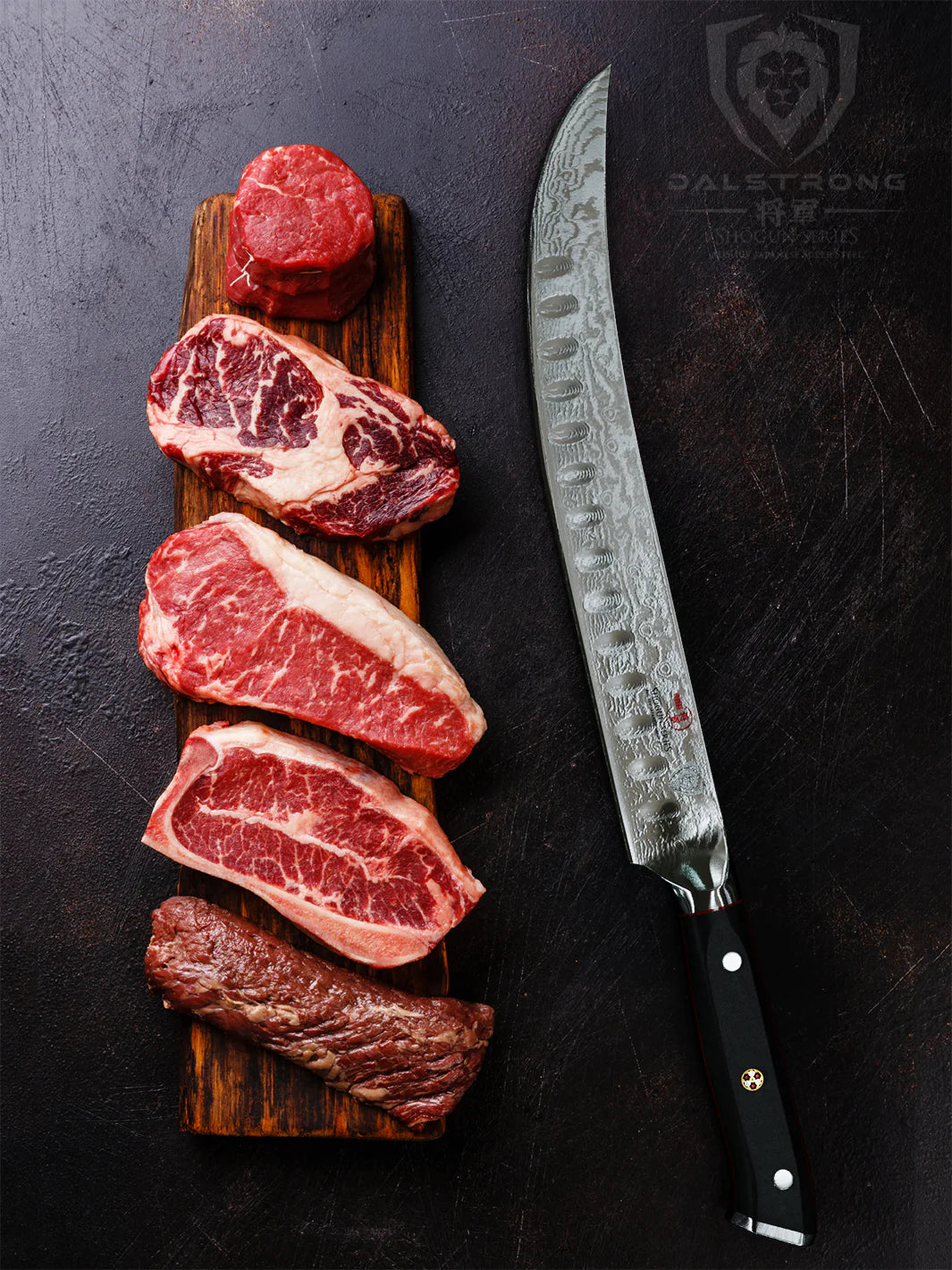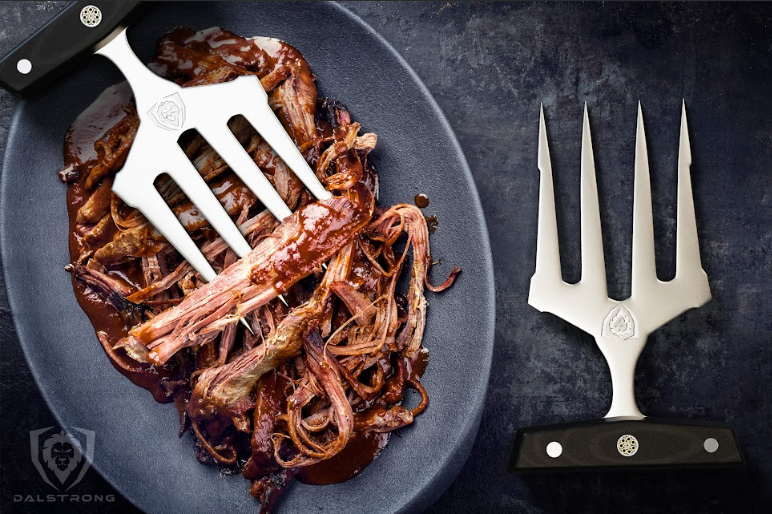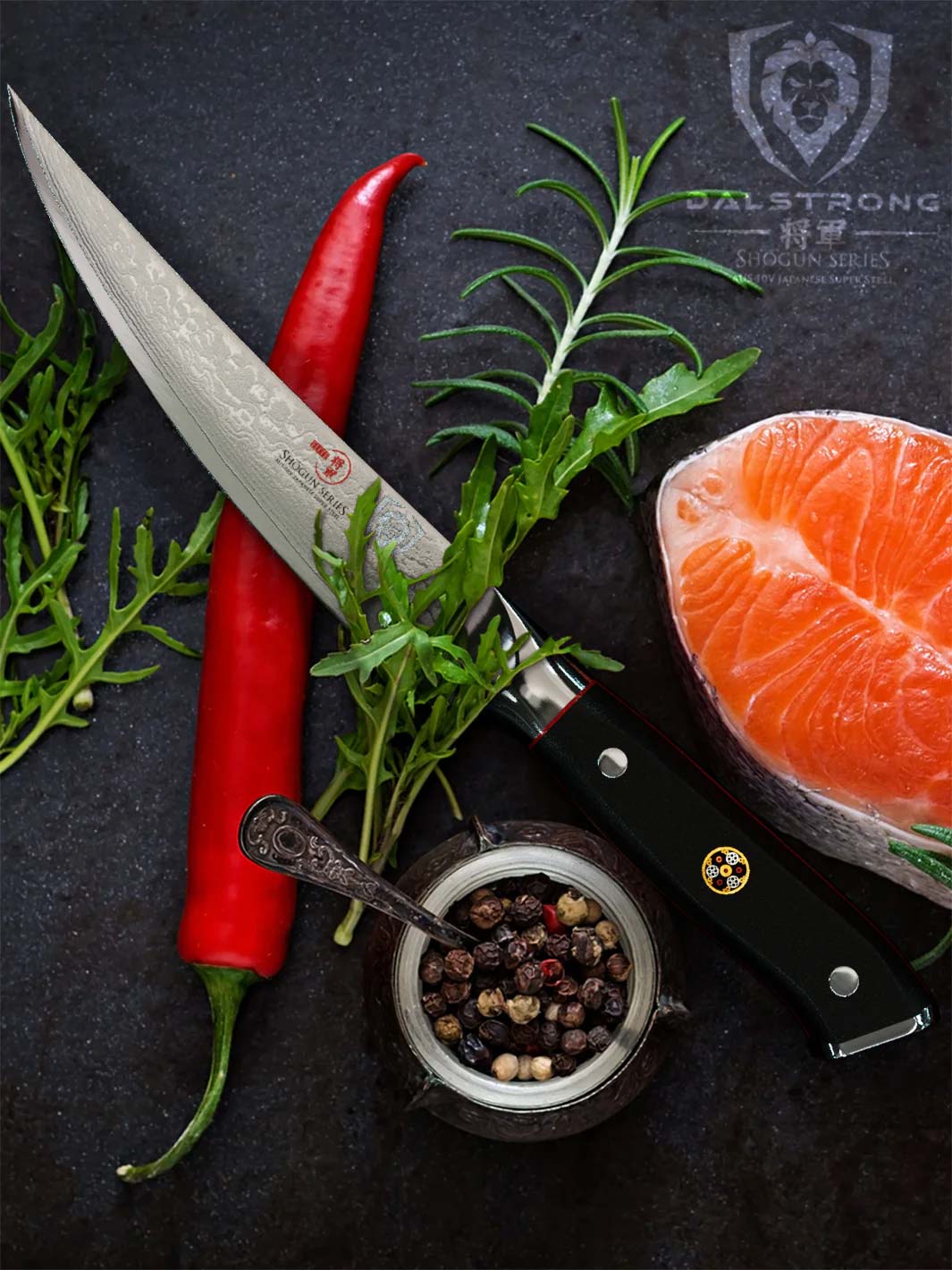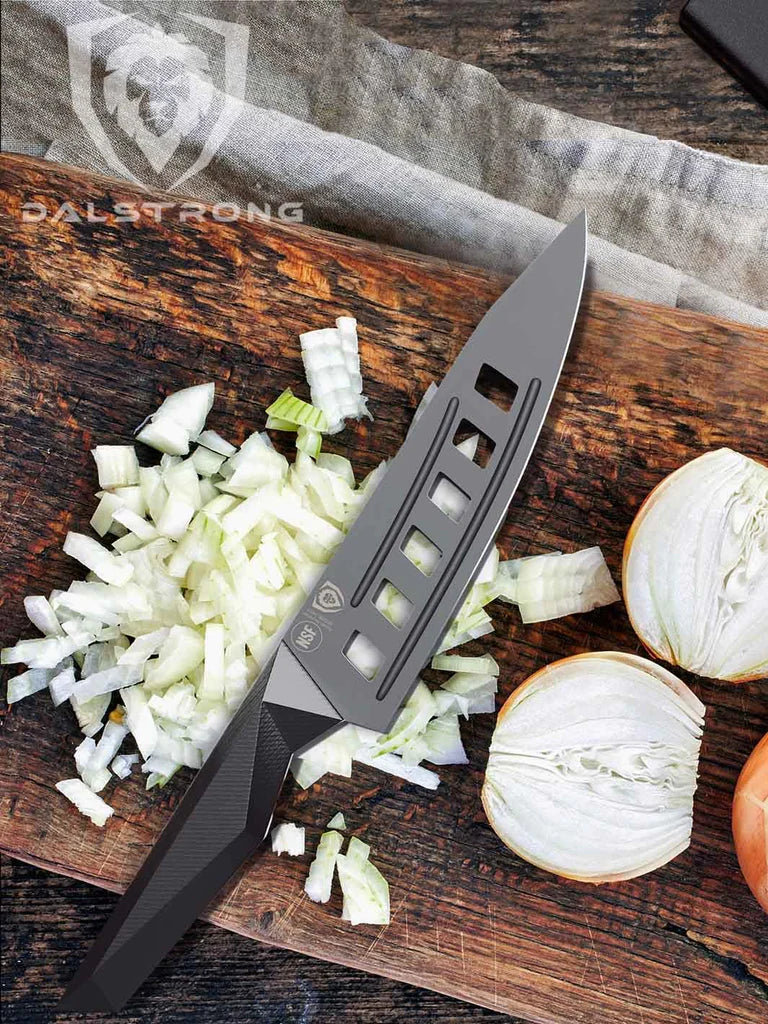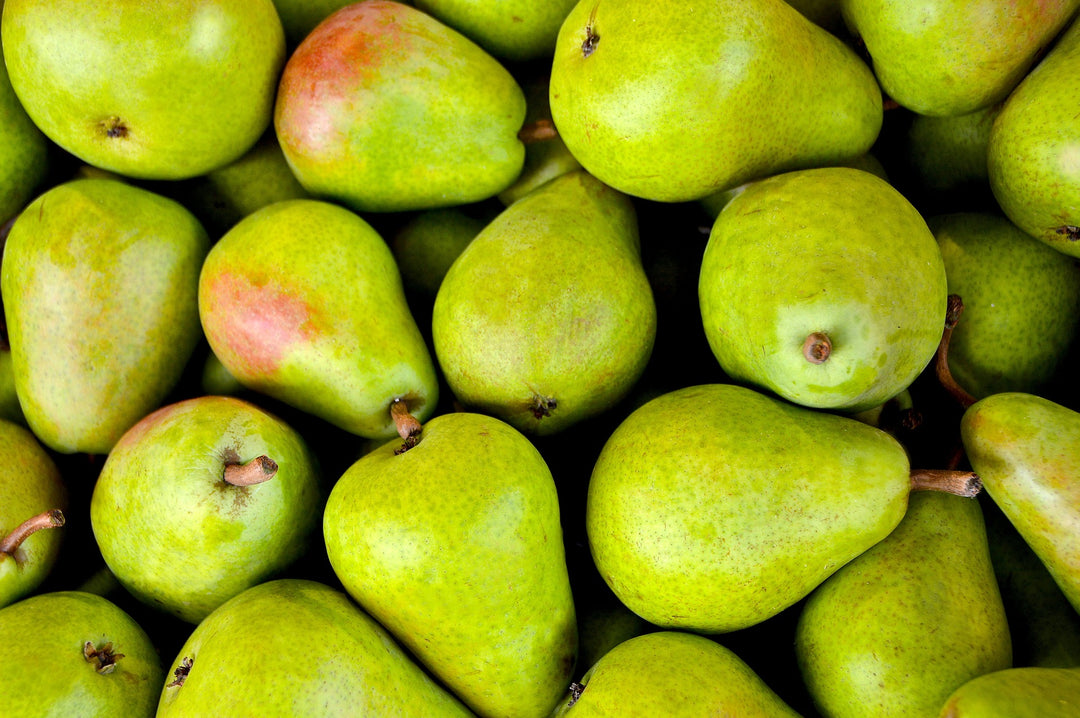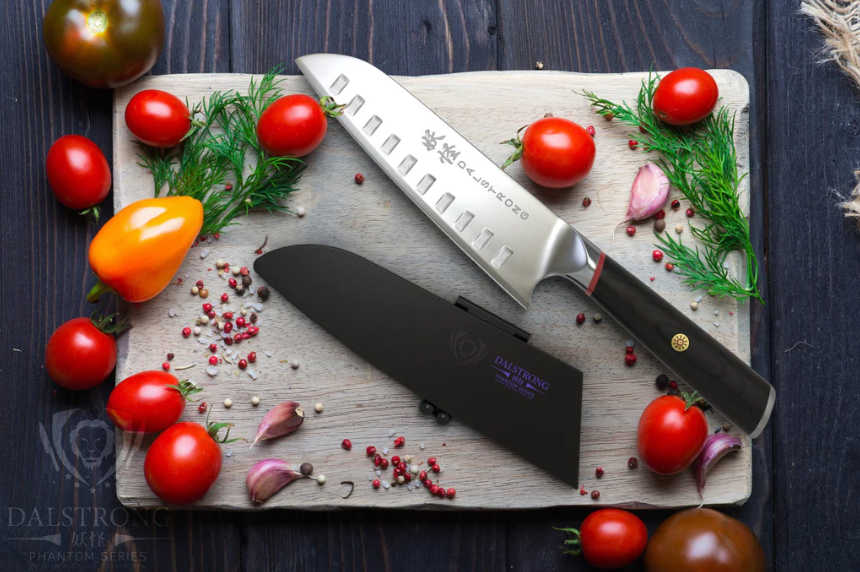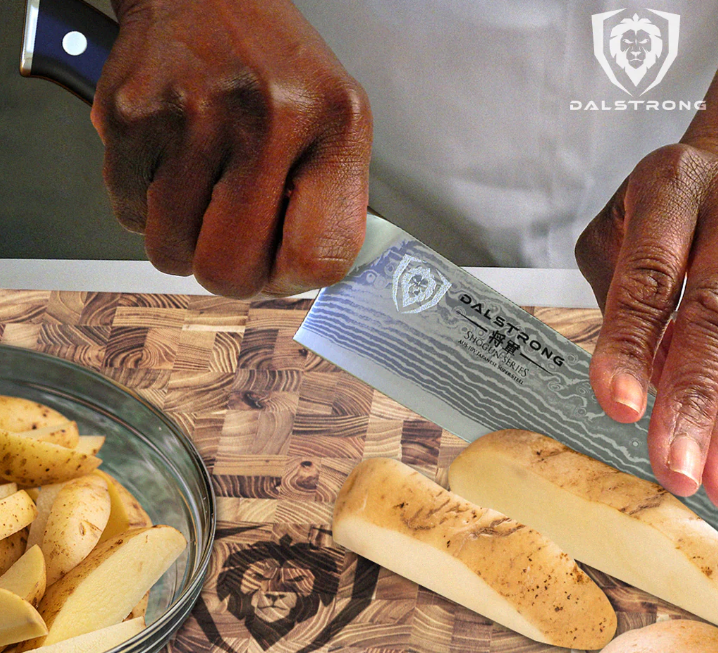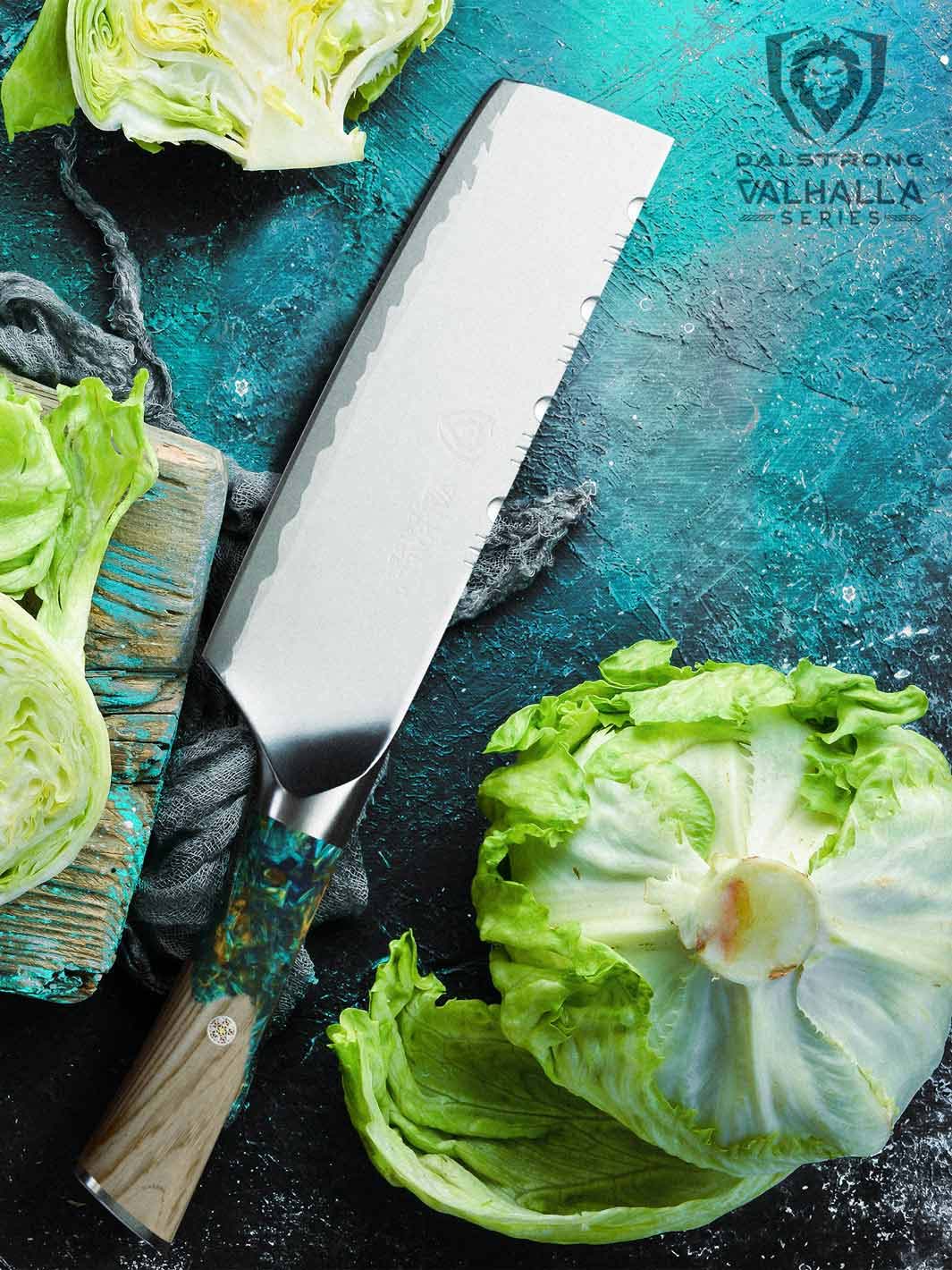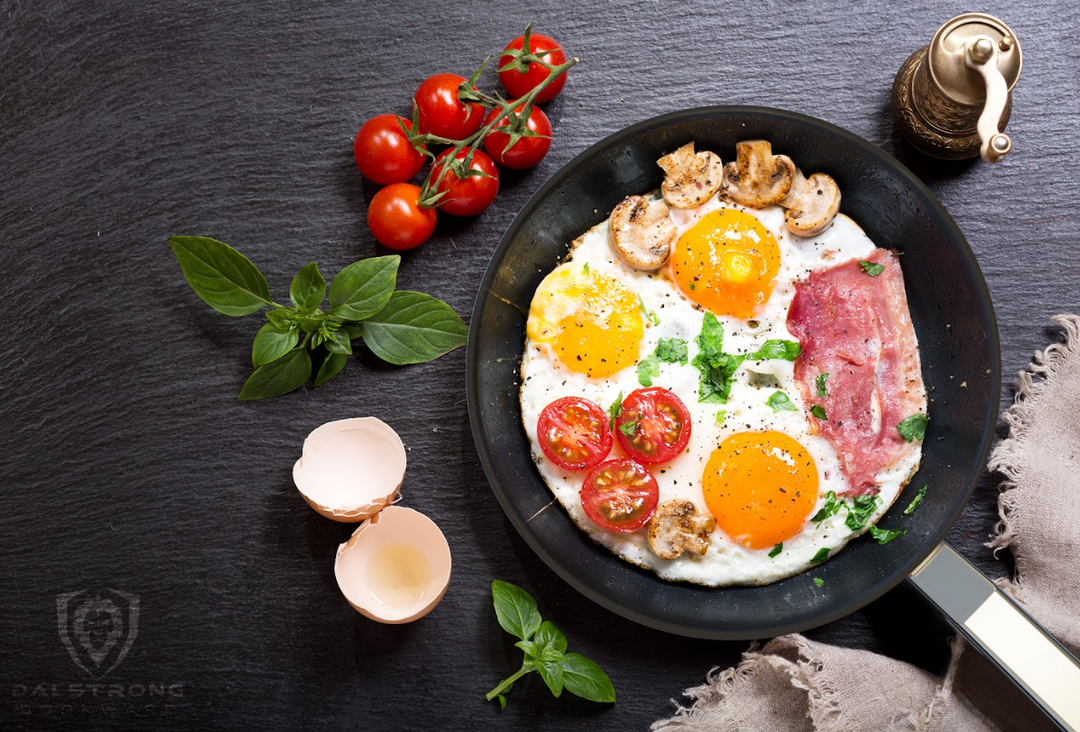How To Clean A Cutting Board Properly : 4 Simple Steps
How To Clean a Cutting Board
- Wash your cutting board with soap and warm water and scrub well. The volume of water and mechanical scrubbing is more important than soap in flushing bacteria and other food particles off the board.
- After washing the cutting board, dry immediately with a towel and let it air dry standing up or on a raised rack with air flow. Put a wet board flat to dry. If the board dries on one side, it will cause the wood to warp.
- If your board has stains or smells, you can use lemon juice or white vinegar directly on the area. The acid in these liquids will neutralize the organic material or fats causing the problem-
- Do not put the board in the dishwasher. The heat and water will warp and splinter the wood. Only plastic, composite or glass boards can go into the dishwasher.
- Do not let the board stand in water. The wood will absorb water and potentially warp.
- Do not use bleach. This will stain the wood and/or excessively dry the wood.
1. Are Wooden Cutting Boards Safe?
Wood Fibre Cutting Board | Large | Obsidian Black | Dalstrong ©
Yes, wooden cutting boards are among the most used and most beloved kitchen tools for professional chefs and home cooks alike.
Exactly how to clean and care for a wooden cutting / chopping board is a common kitchen conundrum. Knife lovers know. Good wooden boards will last a lifetime with what we at Dalstrong like to call “a little cutting board love.”
2. What do I use to clean a cutting board?
Teak Wooden Cutting Board | Dalstrong ©
Everything you need to do the job is already in your kitchen: baking soda, salt, vinegar, lemon, a generous squirt of sudsy dish soap, and plenty of steaming hot tap water to rinse the board. (Do not use household bleach.)
So grab your boards, assemble these natural household cleaners, and let’s get to work.
Pro tip: Use neutral mineral oil monthly to maintain your board.
3. Wooden Cutting Boards vs Plastic Cutting Boards
Wood Fibre Cutting Board | Medium | Obsidian Black | Dalstrong ©
We at Dalstrong believe that wooden cutting boards are the best. But don’t fret, boards are useful in a variety of sizes and materials, so if you own both plastic and wood cutting board, keep both. You’ll definitely use them.
Wooden Cutting Boards
Pros
- Classic wooden cutting boards are beautiful and substantial, adding aesthetically to any kitchen.
- When maintained properly, wooden boards will outlast their plastic counterparts.
- Wood offers an excellent cutting surface for your knives.
Cons
- Wood is porous, and that means that it will absorb bacteria, so keeping cutting boards clean and sanitary is essential. (But not difficult)
- More effort required to clean.
- Heavier and take up more space in your kitchen.
Plastic Cutting Boards
Pros
- Often inexpensive in comparison to wooden boards.
- Lightweight. Which often makes them the go-to choice for camping, RV & van life etc.
- Most plastic boards are dishwasher safe and therefor easier to clean.
Cons
- Plastic is non-porous, but the tiny ridges made from knife cuts capture bacteria, too.
- They are easy to damage and will often need to be replaced.
- Your knife’s blade will get worn down quicker than with a wooden board.
4. Everything You Need To Know About Cleaning A Wooden Cutting Board
Pro tip: You can use any of these methods with more than one kitchen tool. Try it with wooden salad utensils and rolling pins, too.
Now let’s focus on what you CAN do to clean, sanitize, and maintain a wooden cutting board while removing stains. Here are 5 popular methods sure to clean and sanitize wooden cutting boards, and even remove black mold stains that occasionally bloom and ruin the appearance of your cutting boards.
Dalstrong's Instructions for cleaning a wooden cutting board
- Wash your cutting board with soap and warm water and scrub well. The volume of water and mechanical scrubbing is more important than soap in flushing bacteria and other food particles off the board.
- After washing the cutting board, dry immediately with a towel and let it air dry standing up or on a raised rack with air flow. Put a wet board flat to dry. If the board dries on one side, it will cause the wood to warp.
- If your board has stains or smells, you can use lemon juice or white vinegar directly on the area. The acid in these liquids will neutralize the organic material or fats causing the problem-
- Do not put the board in the dishwasher. The heat and water will warp and splinter the wood. Only plastic, composite or glass boards can go into the dishwasher.
- Do not let the board stand in water. The wood will absorb water and potentially warp.
- Do not use bleach. This will stain the wood and/or excessively dry the wood.
5. Alternative Methods To Clean A Cutting Board
Wood Fibre Cutting Board | Large | Obsidian Black | Dalstrong ©
How To Clean Your Cutting Board with Salt and Lemon
- One of our favorite approaches is to rinse and blot your board dry with a paper towel or clean cloth, and then sprinkle it with salt. Any kind of coarse salt will do, the coarser the better; we’re going for a mild abrasive grit to help remove dirt from raw meat etc.
- Cut a lemon in half sideways, and scrub the cutting board clean. Scrub along and against the grain, creating a paste of salt and lemon juice. Like vinegar, lemon is a mild astringent that cleans and sanitizes. This is a fantastic method for removing stains, but be sure to clean both sides of the board; you’ll use the entire lemon for an average-sized household cutting board.
How To Clean Your Board with Baking Soda and White Vinegar
- Whether you have a small board or a butcher block, a very effective cleaner is the combination of vinegar and baking soda. Working on one side at a time, sprinkle the cutting surface with household baking soda (sodium bicarbonate).
- Pour enough white vinegar onto the baking soda to make a reactive, foamy paste, and then scrub the board with a clean sponge. Baking soda is actually a fine salt–as edible as any other cooking salt.
- The mild grit makes for an effective, mildly abrasive cleaner, and the neutral ph in baking soda absorbs odors and lifts bacteria. Let the paste bubble for five minutes, and then rinse the board well. Cooked and raw meat juices in particular will drip, so when you reverse the cutting board to clean the opposite side, make sure to scrub the edges of the board as well. Voila, you have a clean cutting board.
Clean your board the natural way - Green Cleaning Just Feels Better
This volcanic cleaning combo will not let you down. All of these tried and true methods will work well to clean and sanitize every wooden cutting board you own. Plus, every one of these cutting board cleaning methods is completely natural, so you can be sure that no harmful chemicals are absorbed into the wood. Can you use Clorox wipes on cutting boards? We don’t recommend it. Chemical cleaners have their place, for sure, but stick to the safe and real simple methods outlined here for peace of mind.
And hey–all of these methods are inexpensive, which is good, because the wooden cutting board cleaning rule of thumb runs like this:
- Sudsy dish soap and warm water with every use
- Sanitize weekly with salt/lemon, vinegar/soda, or bleach/water
- Oil monthly with a neutral mineral oil
Make Your Kitchen a Cut Above
Real simple solutions are the best, right? No need to be afraid of wooden cutting boards anymore, and definitely don’t let go of a cutting board with an imperfect surface. Just clean it! We know and you know that a selection of wooden cutting boards or a butcher block, scrubbed clean and tucked in next to your gleaming rack of Dalstrong Knives shows anybody who walks into your kitchen that some seriously good cooking happens ‘round here.
6. Frequently Asked Questions
Can I put a wooden cutting board in the dishwasher?
No. Don’t run your wooden cutting board through a dishwasher. It will eventually crack and warp.
What cutting board is best for knives?
Wood. Wooden boards are better for knife edges than a plastic board.
How long should I soak my wood cutting board?
No more than a few minutes. You run the risk of ruining it.
Should I oil my cutting board with food grade oils?
No. Oils like olive oil, avocado or coconut oil can absorb bacteria and mold. Opt for neutral mineral oil instead.
Check Out Dalstrong Cutting Boards Today
You can also check in with our Expert Knife Finder Quiz and get specific recommendations based on your needs.
Written by Jennifer DeBell
Jenny believes there’s nothing better after a long day of writing than coring apples for a mile-high pie.






















































































































